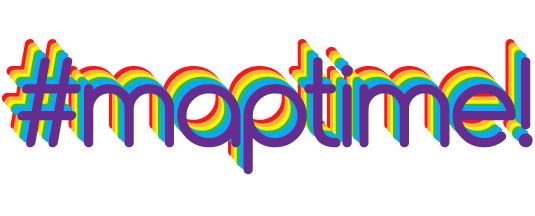Let's Map Some Ghosts!
A Maptime HRVA Leaflet How-To
@maptimehrva & @jonahadkins
Mapping local paranormal activity is
Let the
I learned how to do all this so I could show you! Don't send the
Andy
Also, Maptime!

Leaflet ~ GeoJSON.io ~
Text Editor ~ Github Pages
You'll need something to map! For this example, I googled some local
The second element of this project is the basemap. To keep it simple, we are going to use a service provider rather than worry /
GitHub is great resource for code-sharing, development, and storage. An added bonus is the automatic page generator for any repository you create. We will use this for hosting our web-app and storing all of the necessary components. In the
Leaflet is the
Code / Example
We have a pretty
Code / Example
Dots are cool, but it's October and they need a cool
Code / Example
So we have some pretty
Code / Example
